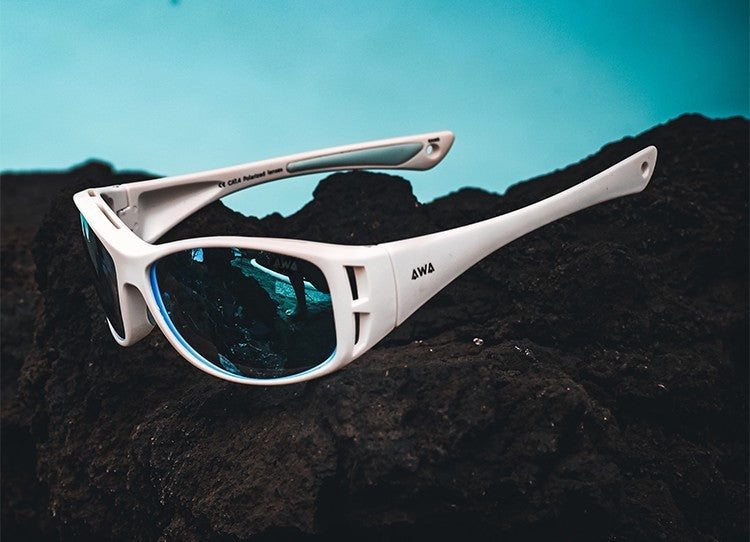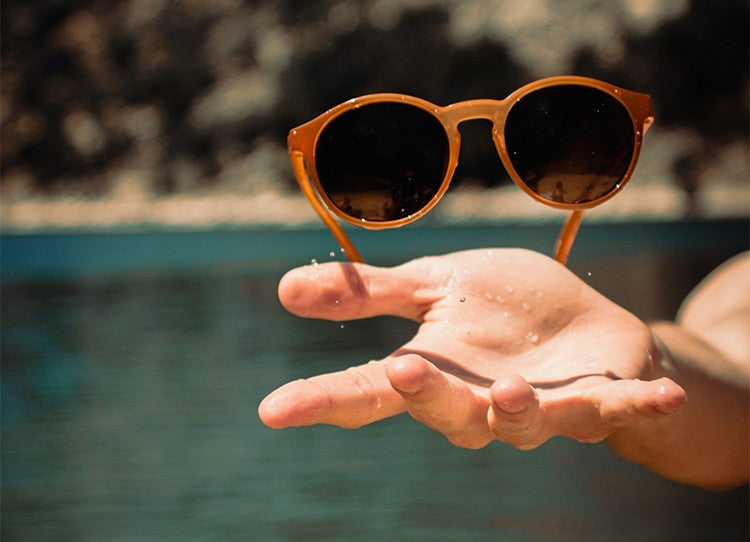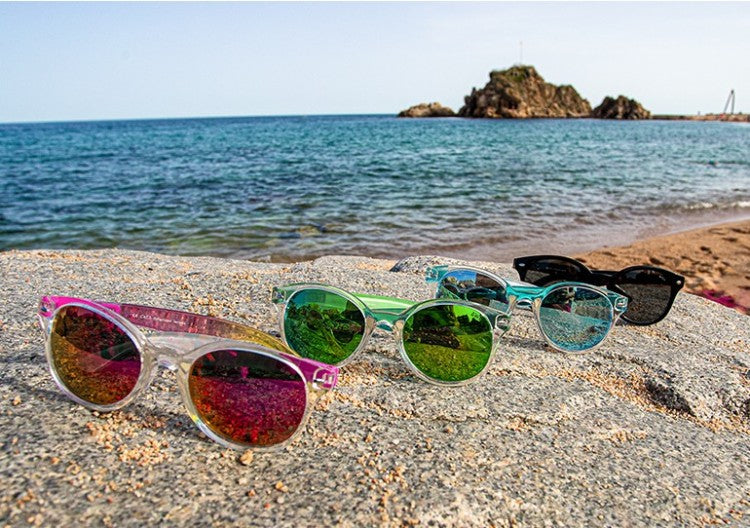The color of sunglasses lenses isn't just a matter of taste. Beyond aesthetic preferences, there are various variables that determine whether or not the lens colors are right for a particular person or situation. These include factors such as weather conditions, the activities being performed, or the wearer's particular characteristics. Often, it's not an easy decision. That's why, at AWA Sunglasses, we want to share with you the key points you should keep in mind when choosing the most beneficial option for each situation.
Protect your eyes in all seasons, even in winter
Before delving into this topic, it's important to keep in mind that protecting our eyes from ultraviolet rays shouldn't be limited to the summer months. In winter, as the National College of Opticians-Optometrists warns, harmful radiation can also cause damage.
The fact that light waves are projected onto our planet from greater distances doesn't mean we're exempt from all danger. In fact, in certain circumstances, such as during mountain sports, eye protection is just as essential as other safety measures.
Something that shouldn't be limited to activities at very high peaks. At an altitude of just 300 meters, radiation intensity increases by 5% compared to that projected at sea level. As if that weren't enough, when the surface is snowy, annoying reflections are yet another reason to wear sunglasses during your days spent skiing, snowboarding, mountaineering, hiking, or other similar pursuits.
What lens colors should you choose depending on the circumstances?
When it comes to lens colors, we must put aside aesthetic preferences for a moment and pause to assess their properties and uses. The most appropriate option, as we anticipated, will depend on a combination of external and internal factors. To better understand this, we'll focus on each of the shades and the respective situations that make them more or less suitable.
We begin the chromatic journey with green, which reduces visible light without interfering with vision clarity. This makes it the perfect choice for sailing and other water sports, as well as for those practiced in environments where snow predominates. At the same time, people with farsightedness can reduce their difficulty in seeing close objects.
Brown lenses, on the other hand, filter out blue radiation better and increase both contrast and depth of field. Furthermore, they barely distort color perception, making them a good choice for those who suffer from eye strain due to their dedication. They are also recommended for users with myopia or who have undergone cataract or refractive surgery. As in the previous case, they are also a valid option for outdoor activities.
Gray makes it easier to distinguish colors, as it barely distorts them through the lens. This is why it's a suitable color for driving, especially when driving for several hours. Furthermore, those suffering from photophobia are usually prescribed its use, as it will largely prevent discomfort caused by light.
Yellow, on the other hand, is not suitable for driving, due to the risk of causing errors in the perception of traffic light and traffic sign colors. It doesn't even offer sufficient protection from the sun's rays, so its use should be limited to cloudy, foggy, or misty days.
Finally, the case of orange lenses is very similar to the previous one. They are not suitable for protecting eyes from solar radiation, but they can be used when the intensity of the radiation is low.
Read more

Among the various levels of protection available in sunglass lenses, category 4 sunglasses guarantee the greatest protection against harmful radiation. Under certain circumstances, they are the bes...

Equipping our sunglasses with maximum eye protection, designs that adapt to any style, and ultra-resistant materials that extend their durability and float in water wasn't enough for us. Because wh...

